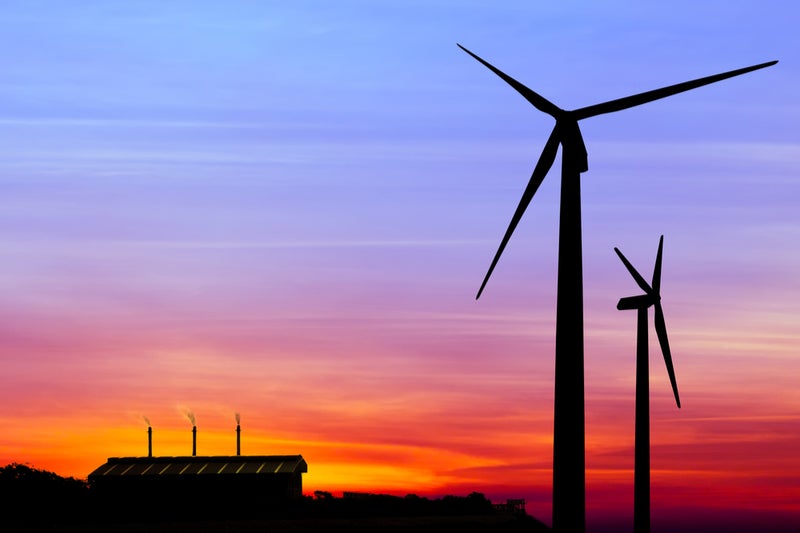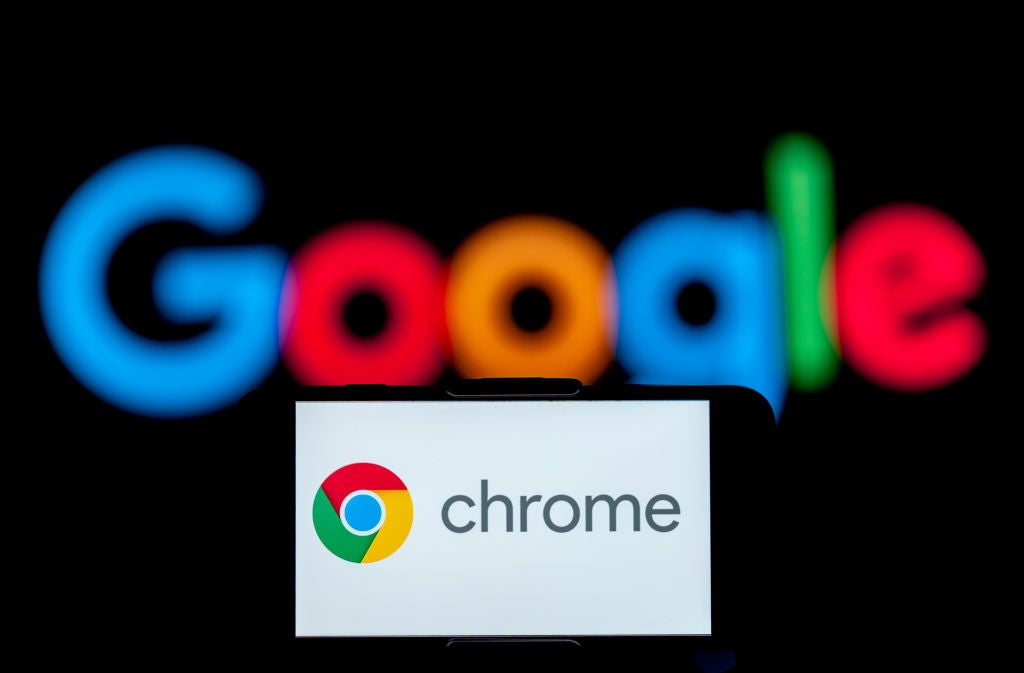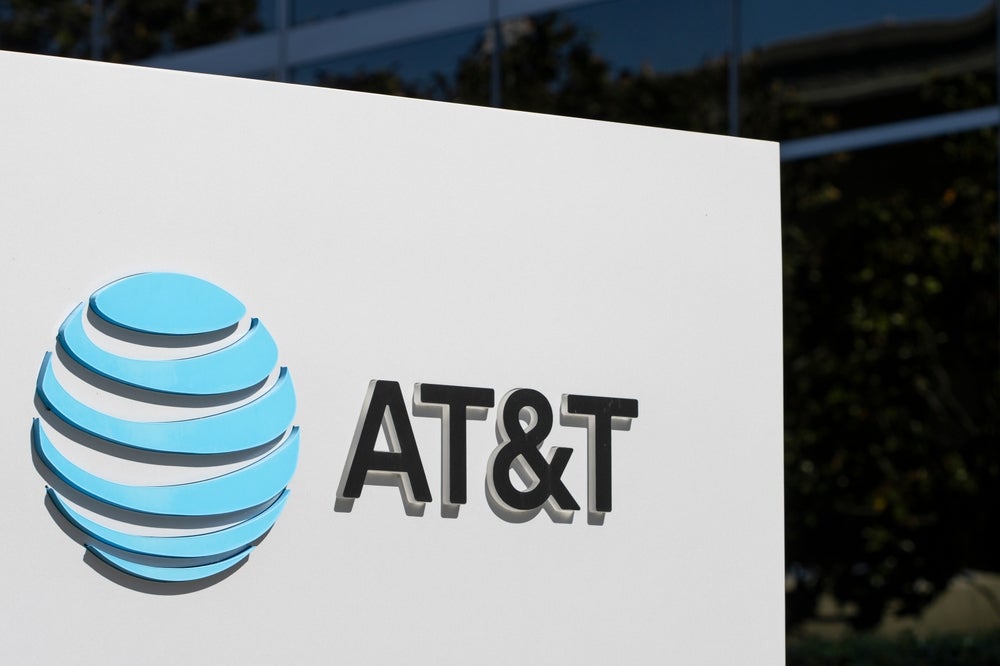In what has been recognised as arguably the largest and most important renewable energy deal in modern history, US tech giant Google has signed off on 18 separate solar and wind power contracts.
The key goal behind this move is to retain a carbon-neutral profile, in a bid to win recognition and appreciation from youth climate strike activists, or the Fridays for Future generation.
It’s not easy being green if you’re a global, multi-billion dollar conglomerate requiring around 10 terawatt-hours of energy annually to fuel the online activities of your three billion users of digital and cloud services and related products.
Add to that, a growing awareness of the carbon footprint related to the rise of online activity by the Friday’s for Future generation – a segment that will clearly comprise of Google’s future core user base.
Carbon-neutral goal
Google recently announced a package of 18 clean energy agreements representing 1,600-megawatt (MW) – a move the company said will boost its existing agreement base for wind and solar energy by over 40%.
The over-riding goal is to maintain a carbon-neutral profile – a goal the company claims it has achieved in 2017 and 2018.
How well do you really know your competitors?
Access the most comprehensive Company Profiles on the market, powered by GlobalData. Save hours of research. Gain competitive edge.

Thank you!
Your download email will arrive shortly
Not ready to buy yet? Download a free sample
We are confident about the unique quality of our Company Profiles. However, we want you to make the most beneficial decision for your business, so we offer a free sample that you can download by submitting the below form
By GlobalDataOnce buried in the small print of investor reports, sustainability is now emerging as a key corporate identifier. Google’s latest package includes investments in the US, Chile, Finland, Sweden and Belgium, as well as effectively doubling the company’s reliance on solar energy – a green energy technology which, incidentally, is finally beginning to demonstrate cost comparability with wind power.
In the case of the Chile investment, Google will be implicit in one of the world’s largest deployments of hybrid wind-sun farms, which takes better account of changing weather conditions for a more consistent energy supply management.
Furthermore, all Google’s new deals meet the company’s ‘additionality’ criteria – which means these ventures comprise new green energy investments which will add to local grid supplies, as well as powering Google’s own needs, according to the company.
Although the tech company’s sustainability reports tend to position ‘additionality’ as a philanthropic activity, Google’s umbrella company, Alphabet, also stands to benefit. Alphabet is slowly transforming into a supplier of clean energy.
Amazon, AT&T and Sprint
Google’s move is just one in a rash of new Silicon Valley announcements in the same vein, as C-level executives start to come to terms with the gnarly truth of runaway carbon emissions related to digital activity, and their role in that outcome.
Earlier this month, Tech giant Amazon – and one of Google’s core competitors – committed a corporate goal to be ‘net zero carbon’ by 2040 and using 100% renewable energy by 2030.
Despite the US government’s reluctance to sign up for international climate action goals, Amazon’s own ‘climate pledge’ effectively represents a commitment to meet the Paris Agreement’s goals 10 years ahead of schedule.
According to Jeff Bezos, Amazon founder and CEO, “We’re done being in the middle of the herd on this issue — we’ve decided to use our size and scale to make a difference.”
And the telecommunications sector is starting to hear the call, too. AT&T recently announced at Climate Week NYC 2019 that its renewable energy purchases will surpass 1.5 gigawatts (GW) of clean energy capacity. Not to be outdone, Sprint announced a 12-year virtual power purchase agreement (VPPA) for 173.3 megawatts (MW) of new wind energy.
The irony, of course, is that the US government’s current administration has little time for green activities or international commitments towards climate action goals. Once again, tech is finding its own way.









Related Company Profiles
Alphabet Inc